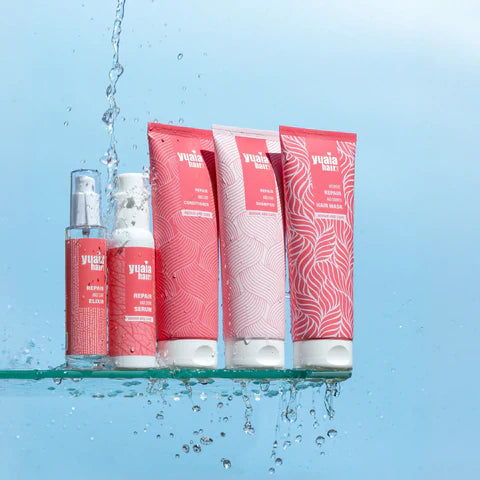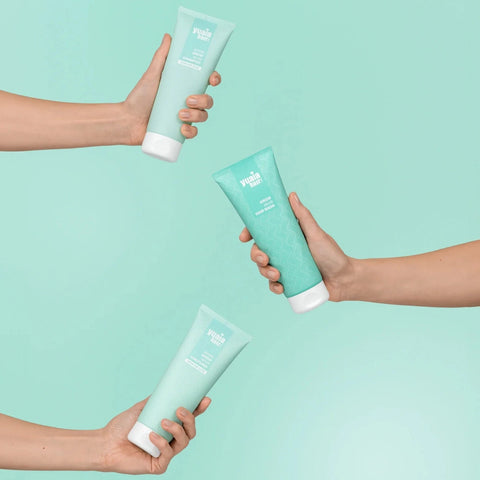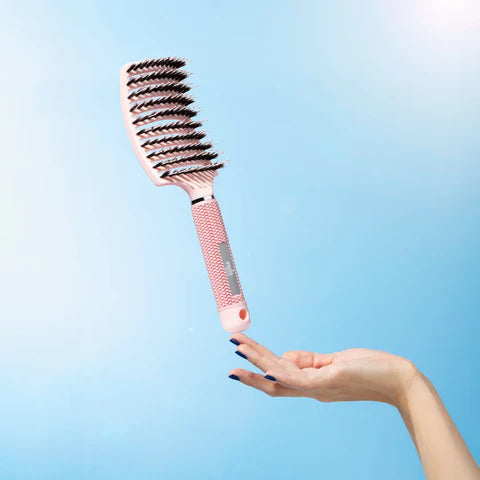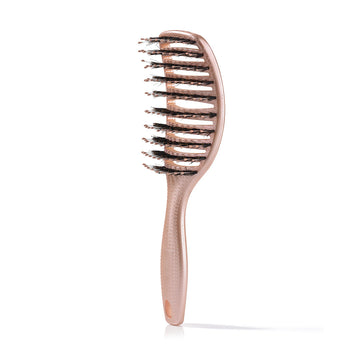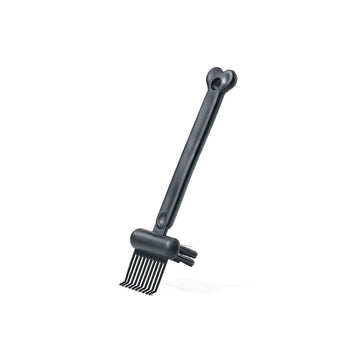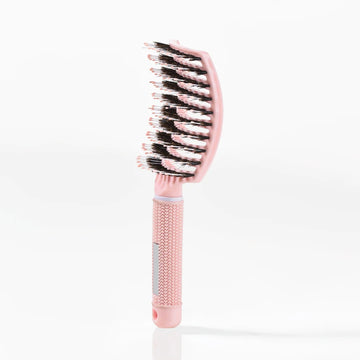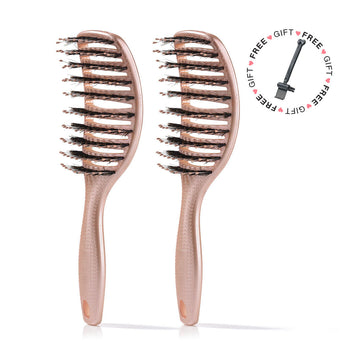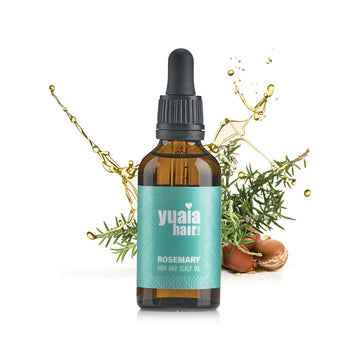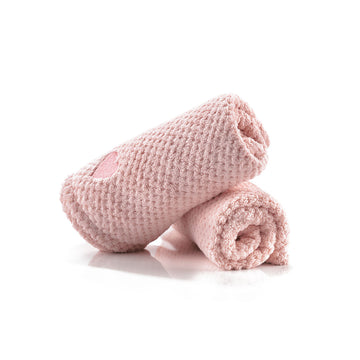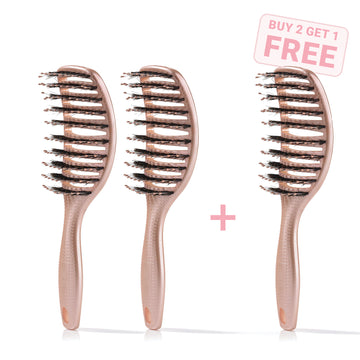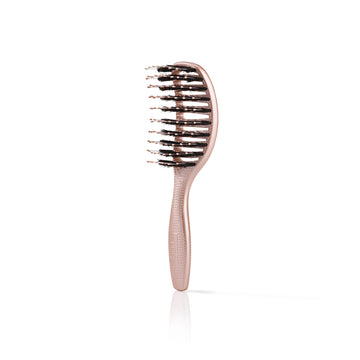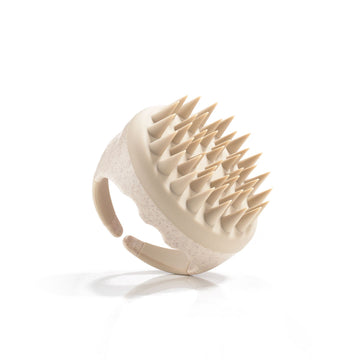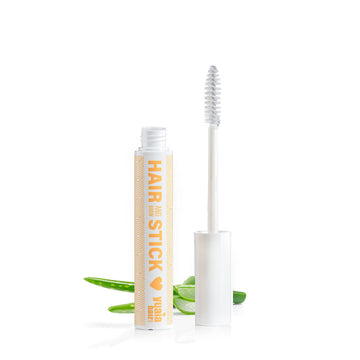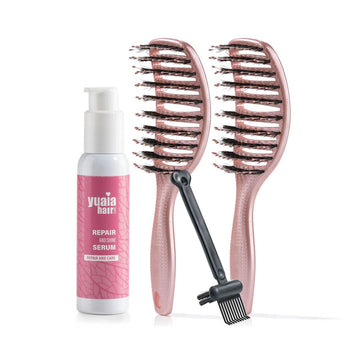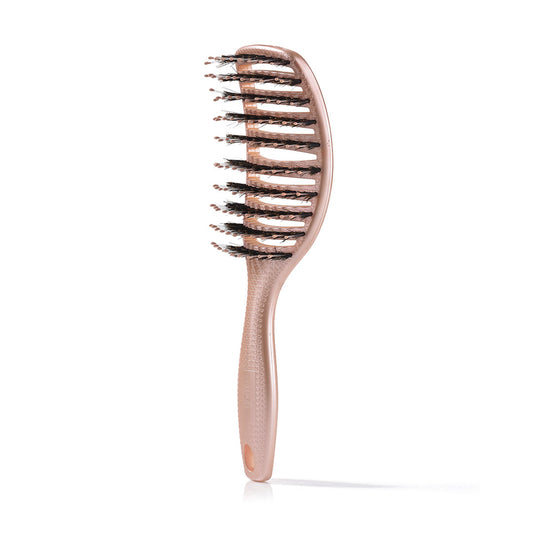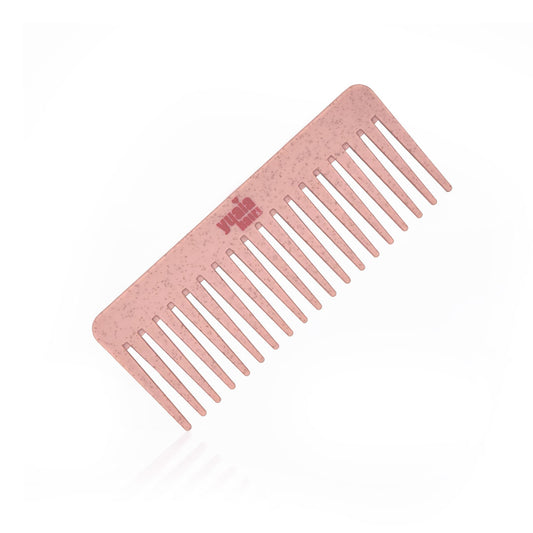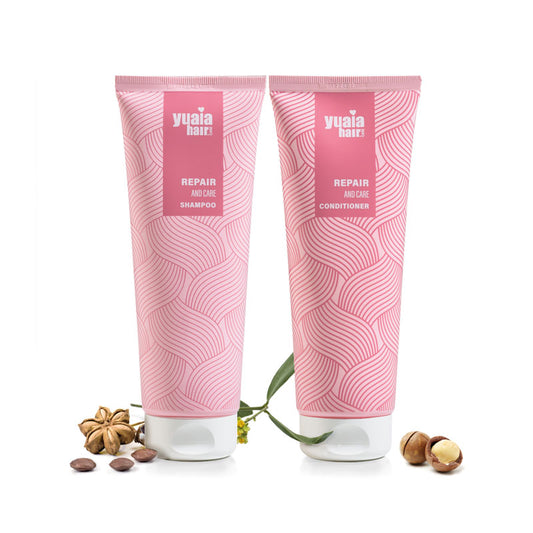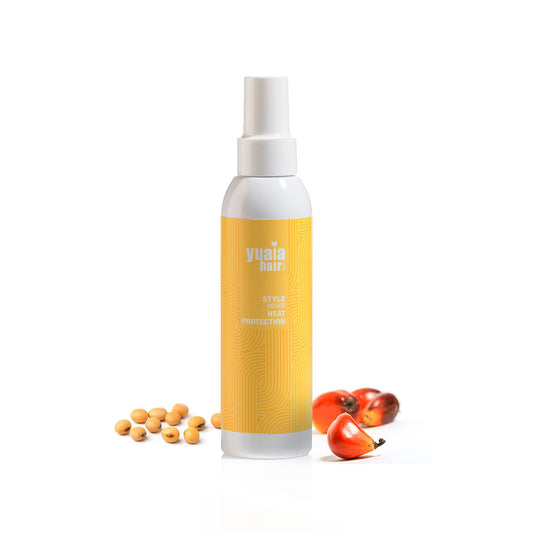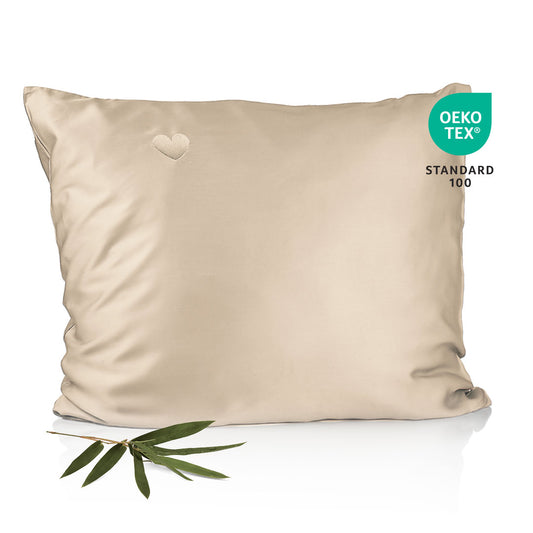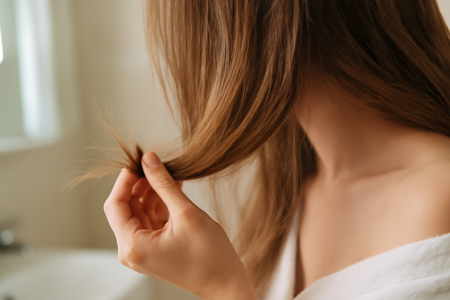
Understanding split ends
Split ends are a clear indicator of hair shaft damage, often resulting from a combination of external and internal factors. Once they appear, reversing the damage is not possible, making prevention the most effective strategy. Regular trims are essential to manage split ends and maintain overall hair health, as they help remove the damaged sections before they worsen.
Understanding the nature of split ends highlights the importance of adopting preventative measures. By focusing on care routines that minimize damage, you can significantly reduce the occurrence of split ends and keep your hair looking its best.
Effective prevention and treatment methods
To effectively prevent and treat split ends, it's crucial to incorporate a few key practices into your hair care routine:
Gentle hair handling
One of the simplest ways to protect your hair is by handling it gently. Avoid tugging and pulling, especially when detangling. Using a wide-toothed comb can help gently work through knots without causing breakage. It's particularly beneficial for wet hair, which is more susceptible to damage. Check out our wide-toothed comb for a smooth and gentle detangling experience.
Hydration and conditioning
Keeping your hair hydrated is vital in preventing split ends. Regular use of deep conditioning treatments and hydrating shampoos can help maintain moisture levels. These products work to nourish and strengthen hair, reducing the likelihood of splitting. Opt for products that are free from sulfates to avoid stripping your hair of its natural oils.
Minimizing heat and chemical use
Reducing the frequency of heat styling and chemical treatments can significantly decrease the risk of split ends. When styling is necessary, always use a protective product to shield your hair from heat damage. Our heat protectant spray provides a barrier against high temperatures, helping to preserve the integrity of your hair.
Regular trims
Trimming your hair regularly is one of the most effective ways to manage split ends. By removing the damaged tips, you prevent the splits from traveling up the hair shaft and causing further damage. Aim for a trim every 6-8 weeks to keep your hair healthy and free from split ends.
Protective measures
Incorporating protective measures into your routine can also help reduce split ends. Consider using a bamboo pillowcase to minimize friction while you sleep. This simple switch can make a significant difference in reducing hair breakage and maintaining smooth, healthy hair. Explore our bamboo pillowcase for a gentle and eco-friendly option.
By integrating these practices into your hair care regimen, you can effectively prevent split ends and promote overall hair health.
Additional insights into split ends
As we've explored the main causes and prevention methods for split ends, it's important to delve deeper into some additional insights that can further help in managing and preventing this common hair issue.
The role of environment
Environmental factors can significantly impact the health of your hair. Exposure to harsh weather conditions, such as strong winds, excessive sun, or cold temperatures, can lead to dryness and weaken the hair shaft, making it more prone to splitting. To protect your hair, consider wearing a hat or scarf when outdoors, and use products that offer UV protection.
Choosing the right hair accessories
The type of accessories you use can also affect your hair's health. Tight hair ties and clips can cause stress and breakage. Opt for hair-friendly options like scrunchies or soft hairbands that are gentler on your strands. Additionally, using a microfiber towel can minimize friction and help reduce split ends.
The impact of stress
While often overlooked, stress can have a direct impact on hair health. High stress levels can lead to hair issues, including increased breakage and split ends. Finding ways to manage stress through relaxation techniques, exercise, or hobbies can contribute to healthier hair.
Quality of water
The quality of water you use to wash your hair can also play a role in hair health. Hard water, which contains high levels of minerals, can leave deposits on your hair, making it more susceptible to damage and splitting. Installing a water filter in your shower can help reduce mineral buildup and protect your hair.
Frequently asked questions
Can split ends be repaired?
Unfortunately, once split ends occur, they cannot be repaired. The best approach is to prevent them from forming through proper hair care and regular trims.
How can I prevent split ends at home?
Preventing split ends at home involves gentle handling of your hair, keeping it well-hydrated, and using protective styles. Opt for sulfate-free shampoos to maintain moisture and consider using a hair oil to nourish your strands.
Does diet affect hair splitting?
While we won't delve into specifics, maintaining a balanced diet is important for overall hair health. Ensuring you get the necessary nutrients can support strong and healthy hair.
Is brushing my hair causing split ends?
Brushing can contribute to split ends if not done carefully. Use a gentle brush, like our Curvy Brush, to minimize damage and ensure gentle detangling.
What products can help reduce split ends?
Using sulfate-free shampoos and conditioners can help maintain moisture and prevent damage. Consider our Rosemary hair oil for added nourishment and protection against split ends.
 2-4 day UK delivery
2-4 day UK delivery
 25.000+ satisfied customers
25.000+ satisfied customers
 Satisfaction Guarantee
Satisfaction Guarantee



